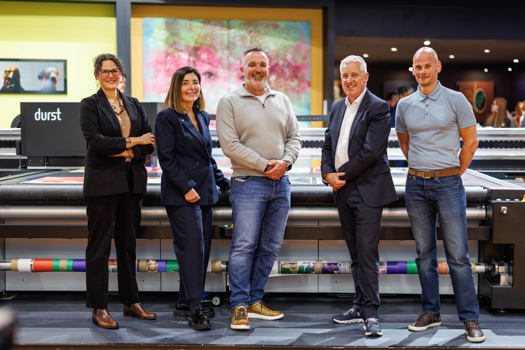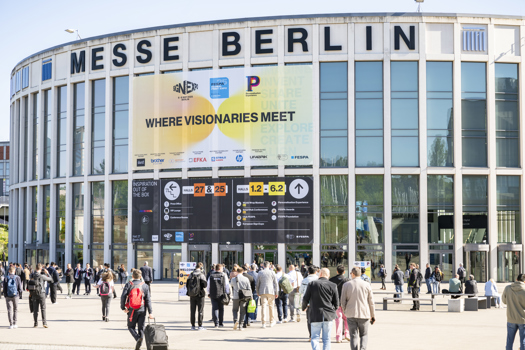The new Roland VersaUV LEF-12i is the most compact of the LEF series and prints directly on a variety of materials and objects, making it suitable for personalisation, prototype designs and one-offs, according to the manufacturer.
Printing a bottom layer of white ink makes colours more vivid while the gloss ink option enables spot gloss or matt finishes and touchable embossed effects.
Lasercut London serves high-end brands, offering design and manufacture of awards, furniture and automotive products with turnaround times of between overnight and three to five days.
Managing director Chris McGee fired up the machine two months ago, which cost around £12,000 and replaced a Roland SG 540 vinyl printer.
“The Roland VersaUV LEF-12i was the only machine in its class that was fully enclosed,” he said. “We like things to be as clean as possible in our studio environment.
“We looked at other kit such as the Mimaki, but it had open beds and I was worried about fabric bits landing on things before printing.
“The Roland was the only machine with a whole package we really liked: the way it looked and worked, the software interface and the backup. Roland are a really nice team.”
McGee said the machine's stand-out feature is the ability to print texture and gloss, as well as its versatility. Speed was not a major concern as his company does not undertake large-volume projects.
McGee is a solo practitioner and also runs Universal Laser 4.6 and Trotec Speedy 400 machines to make a turnover of just under £100,000 from clients such as Red Bull, O2 and McLaren.
He said: “More of our clients are requesting brand-matched colours, which are not feasible on short runs with acrylic sheet - we would need to order costly minimums of the material, with lead times.
“Also, a very popular trend is for colour-gradient logos on awards, which are not possible with off-the-shelf acrylic sheet. The answer to meeting these requirements was a digital UV printer.
“We bought it for one specific application, but once it was installed and I started playing around, I discovered many more functions.
“I love the white ink and the surface textures possible with printing layers of gloss UV ink. It brings 3D effects into traditional print.”
McGee said he was considering upgrading the LEF12i to one of its larger siblings which offered bidirectional printing.










